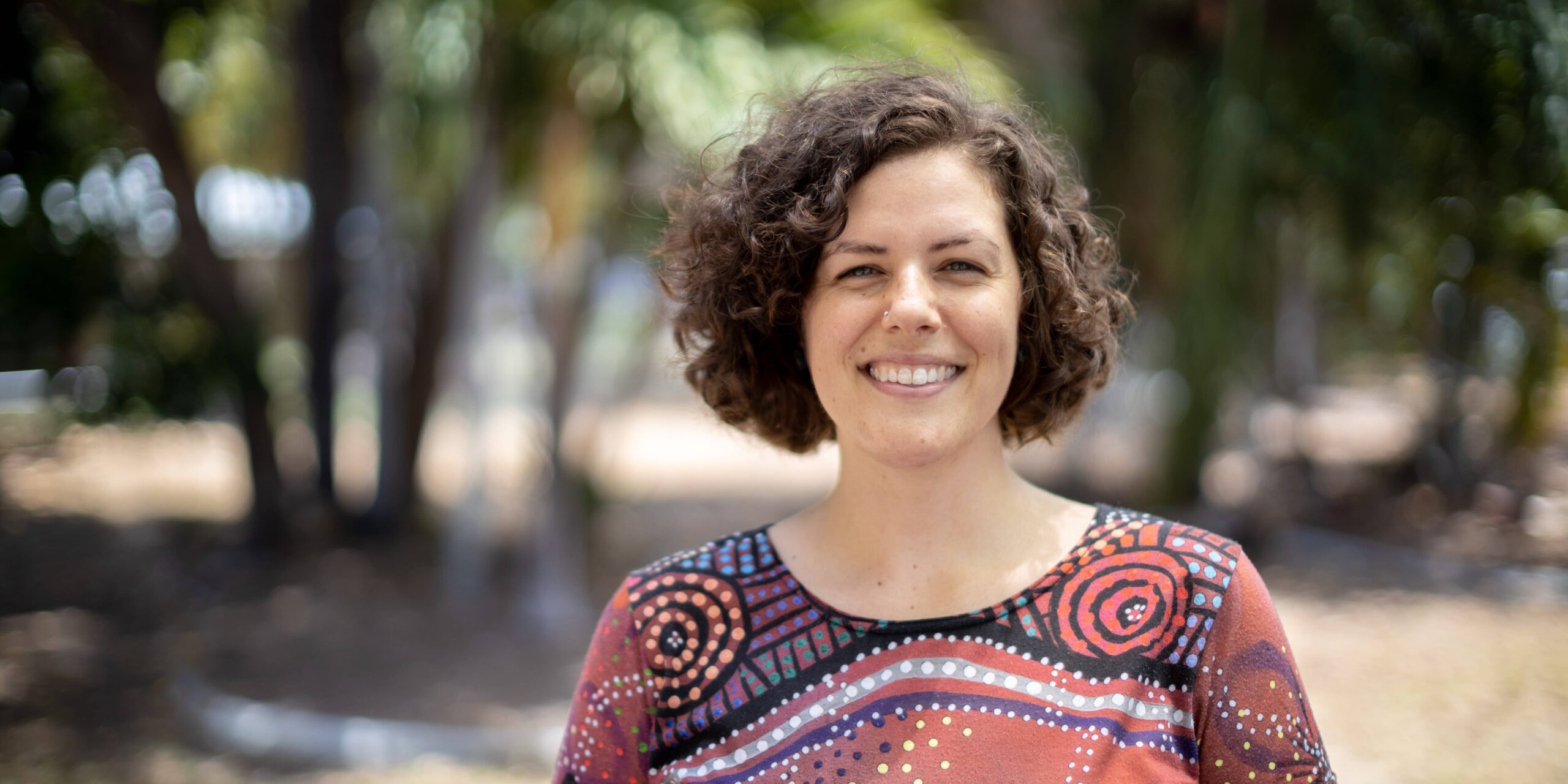What chaplains do
School chaplains promote social, emotional and spiritual wellbeing through role modelling, mentoring, pastoral care, structured activities and programs leading to:
Social, emotional and spiritual support
Wellbeing outcomes
Educational outcomes

National school chaplaincy snapshot (based on 2022 National Chaplain Census).
Chaplains provide a caring environment for students, staff and parents/carers through taking the time to listen
Every week chaplains nationally have 26,167 informal conversations with students.
Every week chaplains have 15,681 informal conversations with parents/carers and school staff.
Chaplains have 12,991 formal pastoral conversations with students per week.
Student support
Top 5 pastoral issues: (Based on number of pastoral conversations per week)
- Friendship / Peer issues Friendship / Peer issues - 15%
- Friendship / Peer issues Friendship / Peer issues - 14%
- Bullying/ Harassment Bullying/ Harassment - 10%
- Educational support – School behaviour Educational support - School behaviour - 9%
- Family – Breakdown/ Parental separation Family - Breakdown/ Parental separation - 8%
Formal pastoral conversations with particular student groups per week:
- Indigenous – 12% 22%
- Disability/Special needs – 1% 20%
- In-Care/Guardianship of Department of Child Safety – 8% 18%
- CALD (Culturally And Linguistically Diverse)/Migrant – 7% 17%
- LGBTQI+ – 4% 13%
- Parent in Prison – 4% 13%
7,138 meetings each week with school-based support professionals including guidance officers, counsellors, special needs coordinators and many others.
Source of referral:
- School staff – 49% 49%
- Self – 23% 33%
- Parent – 15% 25%
- Chaplain – 10% 10%
- Friend – 1% 3%
- Community organisation/Other – 2% 4%
Outcomes:
- Ongoing pastoral support from chaplain – 66% 76%
- Development of action plan – 8% 18%
- No further action required – 7% 17%
- Internal referral – 6% 16%
- Information given – 5% 15%
- Advocacy – 6% 16%
- External professional referral – 2% 12%
- Child protection reporting – 1% 11%
%
Verbal
%
Social
%
Physical
- Face-to -face bullying – 79% 79%
- Cyber bullying – 21% 21%
Social and emotional support programs
33,429 – Participants
2,441 – Programs
Spiritual support programs
5,100 – Participants
324 – Programs
Role modelling and mentoring programs
4,343 – Participants
413 – Programs
Educational support programs
75,453 – Participants
1,612 – Programs
Community development programs
131,331 – Participants
918 – Programs
The 2022 National Chaplain Census took place during Term 3, 2022 when 1,066 chaplains completed the survey. The data presented in this infographic has been extrapolated from the survey data to match the total number of chaplains (1,527) in Australia working for organisations that are part of the National School Chaplaincy Association (NSCA). Data labels in this infographic have been rounded and may, therefore, sum to 99% or 101%. Any calculations where two data points have been added are based on raw data (not the rounded data labels on the graph) which have then been rounded once combined.
